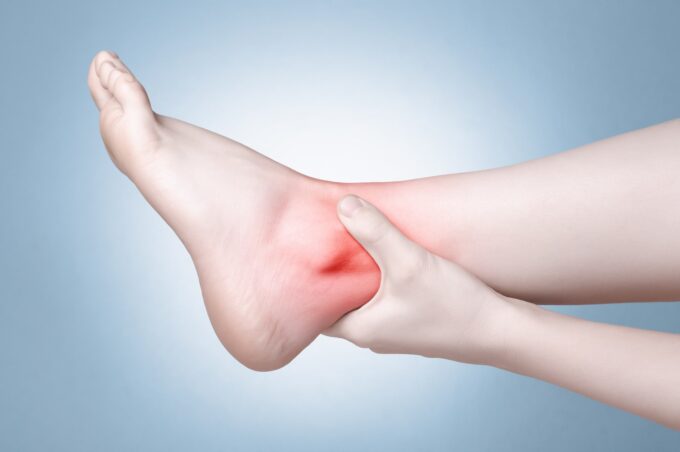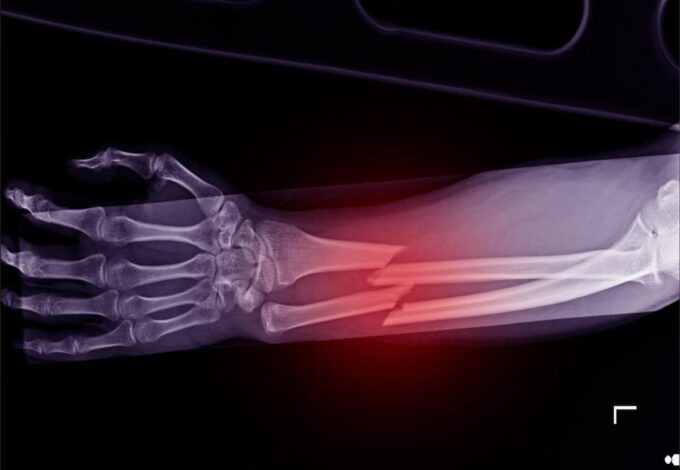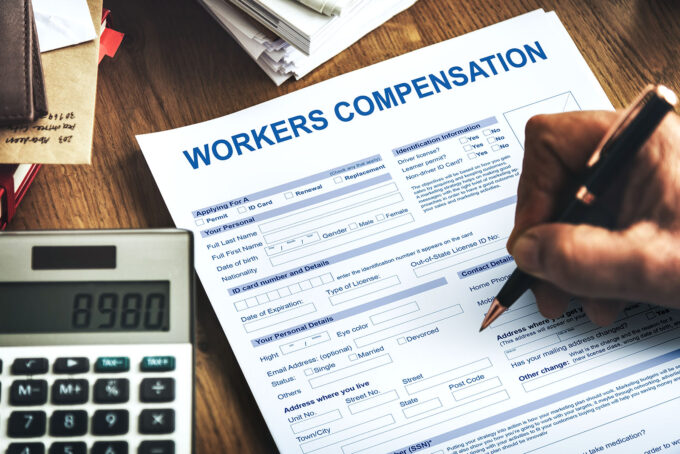It is not uncommon for an employee to sustain an injury at work. When a person is hurt on the job, they can apply for workers’ compensation benefits to allow them to pay for their medical care and take time away from work. In 2021, private industry employers reported 2,607,900 nonfatal workplace injuries, according to the U.S. Bureau of Labor Statistics. In this article, we will discuss some of the more common injuries sustained at work that are eligible for worker’s compensation and how to apply.
Lacerations are Common in Nearly Every Profession
A laceration is a deep cut or tear to the skin or flesh. Surgeons, hairdressers, chefs, sanitation workers, manufacturing employees, and more are susceptible to these types of injuries. Sometimes, they happen because an employee is rushed to meet a quota or to complete a job in a certain amount of time.
At other times, these types of injuries occur because proper safety gear is not utilized or the equipment the employee uses has not been adequately maintained. An example is when someone uses a saw without protective gloves, the saw blade can cause a laceration.
Dull blades are workplace hazards. When blades are not properly sharpened, not only is productivity compromised, but individuals using them are required to apply more force, and sometimes this results in injuries. When equipment is not maintained appropriately, and protective gear is not provided or worn, accidents causing lacerations are the result.
Strains and Sprains

When ligaments are torn or stretched, it is called a sprain. Strains are when muscles and tendons are torn or stretched. They can occur for a variety of reasons.
Falling, awkward movements, improper lifting, twisting, and pulling can cause sprains and strains. Employers must educate their employees on proper lifting techniques and ergonomics so that they can avoid being injured. The U.S. Occupational Safety & Health Administration (OSHA) provides the following guidelines, which can be helpful in keeping employees safe from sprain and strain injuries.
Contusions in the Workplace

Contusions are usually a result of blunt force trauma to soft tissue that causes damage without breaking the skin. Contusions are commonly referred to as bruises. The injury causes bleeding under the skin, which causes pain, swelling, and discoloration. Contusions are commonly referred to as bruises.
Contusions vary and can take from a few days to months to completely heal. It is best to seek medical attention if injured, and a contusion occurs since they can signal more serious conditions that are not immediately evident, like concussions and internal bleeding.
Contusions due to workplace injuries usually happen when an individual drops something because they are not correctly lifting an object or when they bump into things. Employers should provide proper lighting and educational opportunities so that employees understand the appropriate way to lift without causing injury to themselves.
Burn Injuries
Burn injuries can be terribly painful and can happen on the job in many ways. Burns can be caused by heat, sunlight, radiation, steam, chemicals, radiation, or electricity. Burns can be internal if chemical fumes or smoke is inhaled.
Employers should provide training for employees on avoiding and treating chemical, thermal, or electrical burns. Personal protective equipment (PPE) can help employees to avoid being burned in a work-related accident as well.
Injuries to the Eyes

When working with chemicals, environmental threats, or radiological or mechanical risks, employees should be provided with eye and face protection. Employers should make protective gear mandatory to avoid damage to the eyes.
Training workers in safety measures in the workplace can train them to protect their eyes from injury by anticipating job-related perils. Safety education and follow-through are the best protection against eye injuries.
Bone Fractures

Broken bones, often called fractures, can happen because of force trauma or overuse. Many manual labor jobs force the employee to repeatedly move in a certain way, causing their overused bone to be at risk of breaking. Exposure to heavy equipment or machinery can also cause bone fractures.
Proper training and ergonomics may be helpful when working to avoid fractures. Staying focused, being closely supervised, and having “spotters” are other ways to prevent bones from breaking.
Cumulative or Continuous Trauma Injuries
Cumulative trauma injuries are caused by movements that are repeated over time, causing body parts to degrade. They are commonly caused by repetitive tasks over a long duration of time. Workers who have been doing the same job, typically in manual labor, for decades commonly suffer these types of injuries.
Proper training and time away following an injury can help prevent this type of trauma-based injury from occurring.
Worker’s Compensation Varies Depending on the State
Filing for worker’s compensation varies from state to state. States have a waiting period before you can file a claim. Most of the time, this is between 3 and 7 days. Iowa, for instance, allows employees to file a claim three days after an injury that will be payable if the worker is out of work for 14 days.
Each state sets limits on how long a worker can receive temporary complete disability benefits, as well as the length of time they are eligible to receive permanent partial disability assistance. In Wisconsin, this time limit is nearly 20 years, while in Texas, it is two.
Most states have limits on how much a worker can receive, typically between 66% to 80% of their normal pay, but some states have weekly limits on the amount paid out. Alaska allows for 80% and a maximum payout of $1,200, while Mississippi has a maximum payout of $468.63.
Steps to Filing for Workers’ Compensation

Each state will dictate its own regulations on filing for worker’s compensation. However, the process will be similar to the steps listed below:
- Report your injury to your employer, thus creating a record and beginning the process of filing a worker’s comp claim.
- Seek medical attention and have the doctor note that it is an on-the-job injury. Your medical records will be examined as part of your claim.
- File a claim with your state’s agency to begin receiving worker’s compensation benefits. This claim can typically be filed online or through your employer. Provide documentation like your medical records, witnesses, and your employer’s insurance information to speed up the process.
- Attend and cooperate with all medical appointments, interviews, investigations, and evaluations that the worker’s compensation process requires.
The personal injury attorneys at Dallas W. Hartman P.C. understand that filing for worker’s compensation can be a complicated, sometimes lengthy process. It is often beneficial to have a skilled attorney specialized in workers’ compensation claims in your state to provide legal assistance through the process and help you file a successful claim. An experienced workers’ compensation lawyer will understand the laws surrounding on-the-job injuries in your state and can evaluate your case and offer you guidance on how to handle the process.









